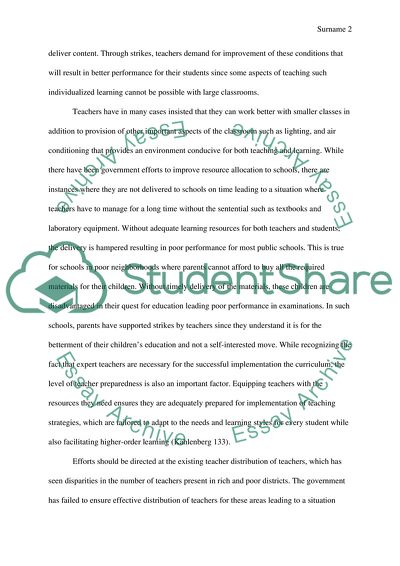Cite this document
(Analysis of Teacher Strike Essay Example | Topics and Well Written Essays - 2250 words, n.d.)
Analysis of Teacher Strike Essay Example | Topics and Well Written Essays - 2250 words. https://studentshare.org/human-resources/1831071-teacher-strike
Analysis of Teacher Strike Essay Example | Topics and Well Written Essays - 2250 words. https://studentshare.org/human-resources/1831071-teacher-strike
(Analysis of Teacher Strike Essay Example | Topics and Well Written Essays - 2250 Words)
Analysis of Teacher Strike Essay Example | Topics and Well Written Essays - 2250 Words. https://studentshare.org/human-resources/1831071-teacher-strike.
Analysis of Teacher Strike Essay Example | Topics and Well Written Essays - 2250 Words. https://studentshare.org/human-resources/1831071-teacher-strike.
“Analysis of Teacher Strike Essay Example | Topics and Well Written Essays - 2250 Words”. https://studentshare.org/human-resources/1831071-teacher-strike.


